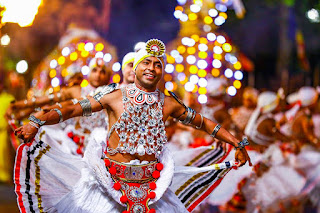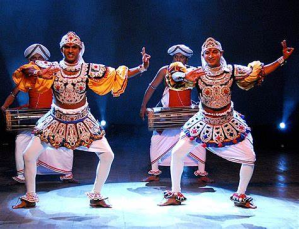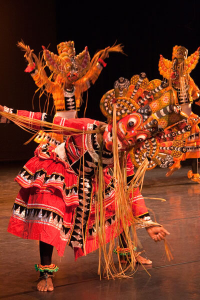Sri Lanka, the Pearl of Indian ocean is rich in culture and tradition. Among its significances traditional dancing is one of the extravagant aspects of its culture. By define, dancing is the rhythmic movement of the human body and the iconic expression of the soul, and Sri Lankan traditional dancing is a good example.
Origin of Sri Lankan dancing has significance in the Sri Lankan history. The concept of dancing was first a version of healing. According to “The Mahawansaya – The Great Chronical of Sri Lanka” Sri Lankan dancing emerged with arrival of King Vijaya from South India. The legends say that dance was first introduced in the “Kohomba Kankariya” which was an act to diminish the negative scenarios such as sickness & natural disasters.
Traditional Dance which originated in the 4th Century BC has three main styles. The Kandyan dance of the Hill country, The low country dances of the southern part of Sri Lanka and Sabaragamuwa dance. Along with these three main dance styles, Folk dance & Dance drama are two other dance styles in Traditional dancing. Folk dance is derived from the day to day lives of the villages and Dance drama or ‘Kolam’ is a ritualistic but theoretical type of traditional dance.
These dance styles vary in their styles of body-movements and gestures, in the costumes worn by the performers, and in the nature of the drums used to provide rhythmic sound patterns to accompany the dancing. The classical dance forms are associated with performance of various rituals and ceremonies which are centuries old and are based on folk religion and folk beliefs going back to before the advent of Buddhism and its acceptance by the Sinhalese people. These rituals and ceremonies reflect the values, beliefs and customs of an agricultural civilization. In the past traditional dance was practiced by a designated cast who developed & passed on the dancing practice from generation to generation.
Traditional dance is very prestigious in Sri Lanka. With the country’s rich cultural & traditional heritage most people value this traditional dancing style, and it remains a significant part of Sri Lankan lives which reveal the cultural richness and diversity to the outside world!
Source: ASTL Team
Image credit: respective owners



